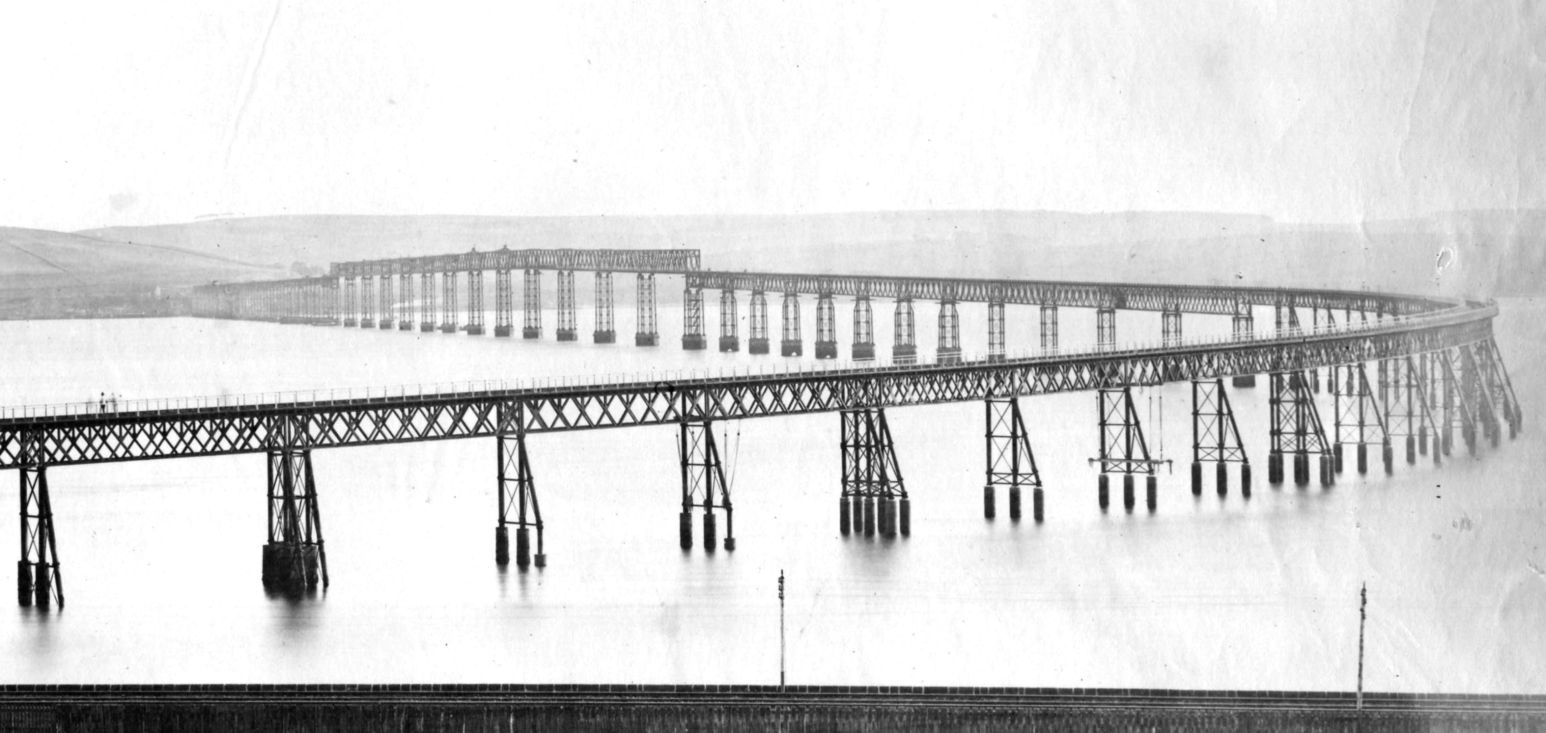
This week in civil engineering history: On June 1, 1878, the first railroad bridge over the Firth of Tay between Dundee and Wormit, Scotland, was opened for passenger traffic.
Several proposals to construct a bridge across River Tay date to at least 1854. Royal assent was given to the North British Railway Tay Bridge Act in July 1870 and a foundation stone was laid one year later. The bridge was designed by engineer Thomas Bouch. During the 1850s and 1860s, Bouch gained experience in Northern England and Scotland designing more than 100 miles of railway, including over 100 bridges.
Bouch was also known for his design of train ferries, ships that were purpose-built to carry railway vehicles. He designed custom-built ferries with railway lines and matching harbor facilities at each end to allow the rolling stock to easily enter and exit the craft. He introduced the first roll-on/roll-off train ferry service in the world.
By the 1870s, Bouch was authorized to design bridges for crossings at both the Firth of Tay and the Firth of Forth. For the Tay, Bouch designed a lattice-grid structure, combining cast and wrought iron. The design was not novel, having been used first in the Crumlin viaduct in South Wales in 1858, following the innovative use of cast iron in The Crystal Palace. The engineering details on the Tay Bridge were considerably simpler, lighter, and cheaper than on the earlier viaducts.
With construction started in July 1871, the Tay Rail Bridge opened for service June 1, 1878. It was among the longest bridges in the world. Queen Victoria crossed the bridge a year later, and Bouch was knighted for his service. However, the acclaim was short-lived. Just 19 months after its opening, the Tay Bridge catastrophically failed on Dec. 28, 1879, taking 75 lives, including Bouch’s son-in-law.
An inquiry concluded that the collapse was a result of defects in design, construction, and maintenance, all of which were attributed to Bouch. His project at the Firth of Forth bridge was canceled and a different design was commissioned. Construction on a new Tay Bridge began in 1883 and was completed in 1887. Sir Thomas Bouch died at the age of 58 on Oct. 30, 1880, less than a year after the Tay Bridge disaster.
Reuben Hull, P.E., PMP, M.ASCE, is civil regional manager for LaBella Associates in Albany, New York, and a self-made historian who has penned numerous articles on civil engineering history. An active ASCE member, Hull is a corresponding member and former chair of the History and Heritage Committee, serves as vice president of the Mohawk-Hudson Section, served as president of the New Hampshire Section, 1999-2000, and was named New Hampshire Young Engineer of the Year in 1997.
Follow his daily Civil Engineering Almanac series on Twitter: @ThisDayInCEHist.



